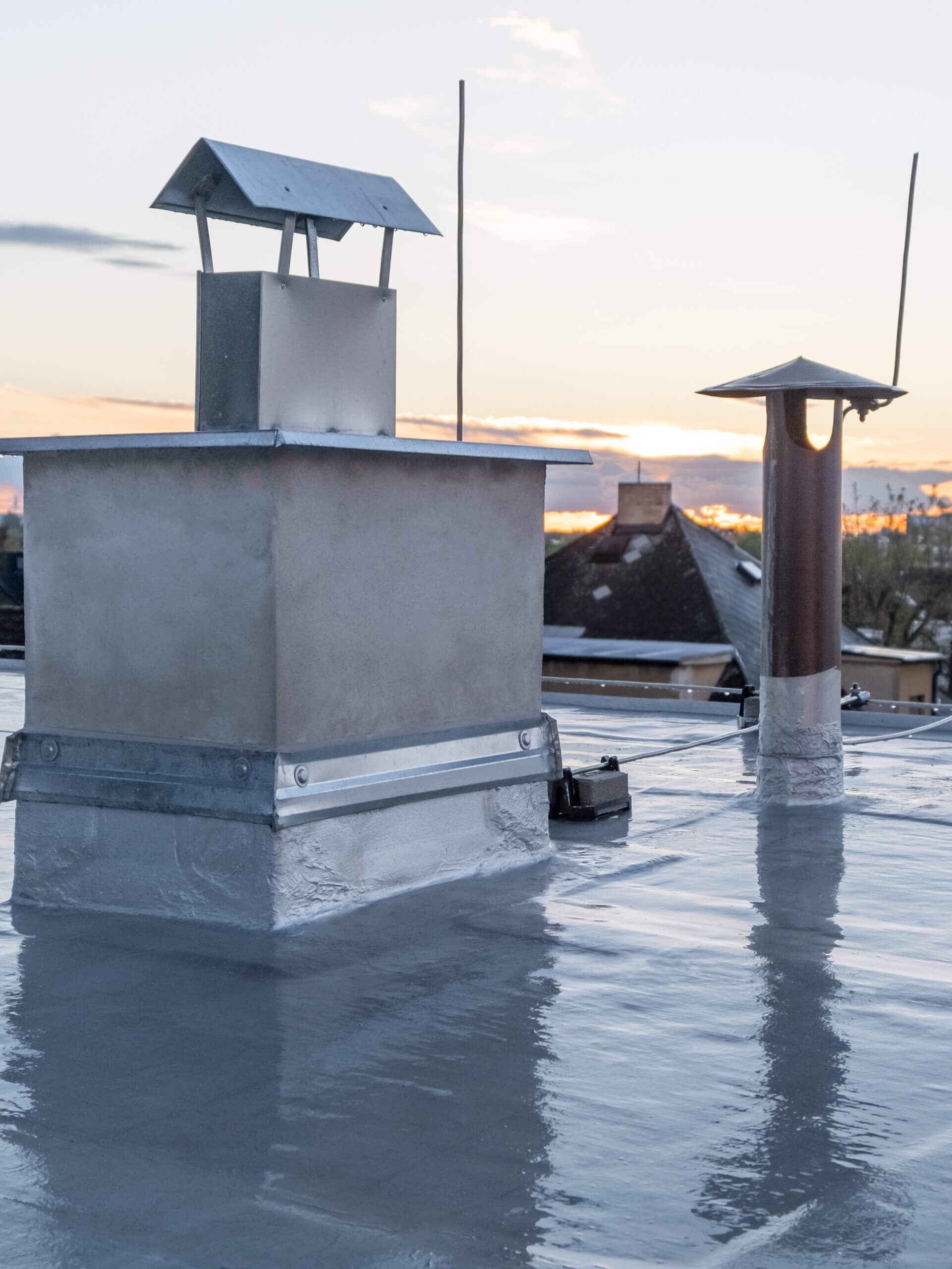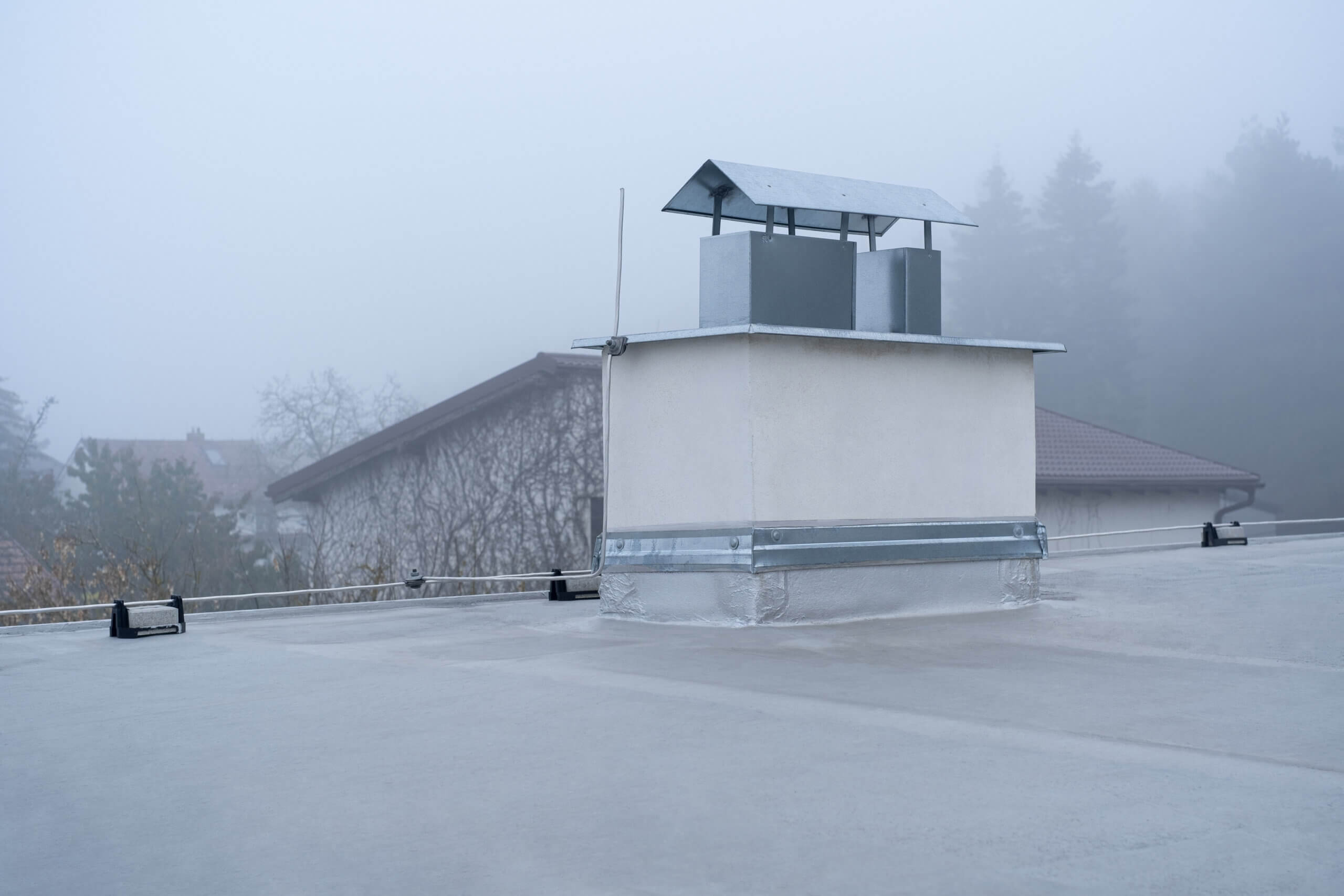LOS ANGELES CHIMNEY SWEEP – In Southern California, residents experienced a taste of winter this week due to a storm system causing below-normal temperatures across the area. Earlier this week, ABC 7 Eyewitness News published an article titled ‘What to know and how to prepare for the latest freeze warnings in SoCal’, warning residents to expect exceptionally cold temperatures. The National Weather Service issued a freeze warning for the Santa Clarita Valley, Calabasas, and the western San Fernando Valley, as reported by ABC 7 Eyewitness News. This freeze warning was also confirmed by a subsequent article in the LA Times. These conditions demand thorough inspections and precautions to ensure homeowners are on top of their chimney care to protect homes from potential hazards associated with severe cold weather.
Given the recent cold snap in Southern California, as reported by ABC 7 Eyewitness News and the LA Times, it’s a timely reminder to prioritize chimney care. As we navigate the challenges of the current freeze warning, understanding and maintaining the safety of your chimney becomes even more critical. In the winter months, regular checks and maintenance are essential to prevent hazards. This blog post aims to delve into how a freeze warning impacts your chimney and offers practical tips for staying safe. We’ll cover the effects of temperature fluctuations on chimney structures, highlight the need for routine inspections, and discuss effective strategies to mitigate associated risks.
Jump to the FAQ section of this article →
Chimney Freeze Warnings
Ice Dams and Chimney Damage: One of the biggest concerns during a freeze warning is ice dams on your roof. When ice accumulates on your roof, it forms a dam which can prevent water from draining properly. This water can start to seep into your home through the roof or the walls, causing various water damage issues. Additionally, this water can leak onto your chimney, causing potential long-term structural damage.
Creosote Buildup: If your chimney is not regularly maintained, it can lead to an excess buildup of creosote. When the temperature drops below freezing, this build-up can harden and worsen chimney airflow. This can ultimately lead to significant damage and even chimney fires. It’s critical to have your chimney inspected and the creosote cleaned regularly, especially during the winter months.
Masonry Chimney Cracks: During a freeze warning, the moisture from snow and ice can seep into your chimney and cause masonry cracks. This is especially detrimental if you have an older chimney and it’s not regularly maintained. Chimney cracks can be detrimental as they may compromise the structure’s integrity, increase the risk of fire, and allow harmful gases like carbon monoxide to infiltrate the home.
Carbon Monoxide Poisoning: If your chimney isn’t cleaned or maintained properly, it can lead to carbon monoxide poisoning. Carbon monoxide is a gas produced when fuel is burned and can be lethal when inhaled. If your chimney isn’t functioning correctly, it can lead to the buildup of carbon monoxide in your home. This can be prevented by regular maintenance and inspections of your chimney.
Tips to Stay Safe: The best way to stay prepared for a freeze warning is to be proactive. Checking and maintaining your chimney regularly is key to preventing any significant issues. Additionally, you should ensure your carbon monoxide detector is functioning correctly. Make sure the damper is open and venting properly to prevent carbon monoxide poisoning. Also, check that your chimney cap is in good condition to prevent debris and critters from entering the chimney.
Chimney Wind Warnings
According to the National Weather Service (NWS), as published by The Daily News, “Damaging winds could blow down large objects such as trees and power lines…” – this is highly relevant to your chimney care! High winds can cause trees or branches to fall, potentially damaging the chimney. Trimming overhanging branches or removing unstable trees can reduce this risk.
Secure Chimney Caps and Flashing: Ensure that the chimney cap is securely fastened and the flashing (the material that connects the chimney to the roof) is in good condition. These components can become loose or damaged in high winds, leading to water leaks and structural damage.
Chimney Inspections: Have your chimney inspected by our professionals, as they can identify and repair cracks or weaknesses that might be exacerbated by strong winds.
Reinforce Loose Bricks or Masonry: If your chimney is masonry and has loose bricks or deteriorating mortar, it’s crucial to have these repaired. High winds can worsen these issues, leading to more significant damage.
Install a Chimney Brace: In areas with frequent high winds, consider installing a brace to provide additional stability to the chimney structure.
Clear Debris: Regularly clear debris from around the chimney base and roof, as high winds can accumulate debris that might block ventilation or create hazards.

Warnings About Heat Safety & Chimney Care Ahead of Cold Snaps
The concern about unusual smells, such as the scent of burning dust or other flammable materials, coming from a chimney is a significant indicator of potential fire hazards. We emphasize the importance of a chimney sweep in preventing fires, as creosote buildup, or growth inside the chimney, can be highly combustible. Over time, as wood is burned, substances like creosote accumulate along the inner walls of the chimney. When heated, these deposits can easily ignite, leading to dangerous chimney fires.
Furthermore, damage to the chimney’s flue can be another cause for concern. The flue is essential for safely directing smoke and harmful gases out of the home. If it is damaged or obstructed, it can cause smoke to become trapped inside the house, leading to poor air quality and potential health hazards, including carbon monoxide poisoning. This underscores the critical importance of ensuring that carbon monoxide detectors in the home are functional and properly maintained. Installing a screen in front of the fireplace is a practical step to prevent embers from escaping the fireplace and potentially igniting a fire on floors or carpets.
Fireplaces that are “smoking abnormally” are particularly common during the cold spells, suggesting a widespread issue that homeowners may face, especially now when fireplaces are used more frequently. Regular chimney maintenance, including inspections and cleaning, becomes essential in mitigating these risks. Professional chimney sweeps not only clean the chimney but also inspect for any structural issues or blockages that could cause abnormal smoking or pose a fire hazard. Homeowners are advised to be vigilant and proactive in maintaining their fireplaces and chimneys to ensure the safety and comfort of their homes.
The colder months can bring potential dangers to your chimney, especially during a freeze warning. It’s vital to stay proactive and regularly maintain your chimney to prevent any significant issues. The best way to stay prepared is to get your chimney inspected and cleaned to ensure it’s functioning correctly, and your home is safe from various potentially dangerous situations. By taking these simple steps, you can ensure that you and your loved ones stay safe and avoid significant issues with your chimney.
Weather Affecting your Chimney
In summary, the combination of freeze warnings and high wind alerts highlights the critical importance of chimney maintenance and safety precautions. Although Southern California may not experience the snow pile-up common in other parts of the country, it is not immune to the effects of freezing temperatures.
Additionally, while it would take an exceptionally strong gust of wind to topple a chimney, chimneys in poor condition are more vulnerable to wind damage. Strong winds can further deteriorate chimneys that are already weakened, accelerating the crumbling of cracked and fragile brick and mortar. By understanding these impacts and proactively addressing them, homeowners can ensure that their fireplace remains a safe and cozy feature of the home, even amidst challenging weather conditions.

Chimney Care FAQ: Navigating Weather Warnings
How do I protect my chimney from wind?
To protect your chimney from wind damage, start by ensuring that the chimney cap is securely fastened; this serves as a defense against strong winds and helps prevent debris from getting into the chimney. Additionally, it’s important to ensure that your chimney is structurally sound overall. In cases where you live in an area prone to high winds, a professional might recommend the installation of a chimney brace, which adds extra stability and support to the chimney structure.
How do I stop the wind from blowing smoke down my chimney?
To stop wind from blowing smoke down your chimney, consider installing a wind directional cap, which rotates to shield the chimney opening from wind, or a chimney cowl, designed to improve draft and prevent downdrafts. Additionally, ensuring your chimney is the correct height and not obstructed by surrounding trees or buildings can also help prevent wind-related downdrafts.
Can it be too windy for a fireplace?
Yes, it can be too windy for a fireplace. Extremely high winds can create downdrafts that push smoke back into the house instead of allowing it to rise through the chimney, and they can also increase the risk of embers or sparks being blown out of the fireplace, potentially causing a fire hazard.
How does wind affect chimneys?
Wind can significantly impact chimneys, especially if they are not properly maintained. Strong winds can create downdrafts, pushing smoke and combustion gases back into the home, and can also exacerbate existing issues like cracks or loose bricks, potentially leading to structural damage.
How to stop wind from blowing down my chimney?
Installing a wind directional cap or a chimney cowl can effectively prevent wind from blowing down your chimney. These devices are designed to mitigate downdrafts and improve the overall draft of your fireplace, ensuring smoke is properly vented out.
Can cold air come down a chimney?
Yes, cold air can come down a chimney, especially when the fireplace is not in use. This happens due to the stack effect, where warmer air inside the home rises and escapes through the chimney, creating a vacuum that pulls in cold air from outside.
What causes most chimney deterioration?
The most common causes of chimney deterioration include exposure to the elements (like rain, snow, and freeze-thaw).
